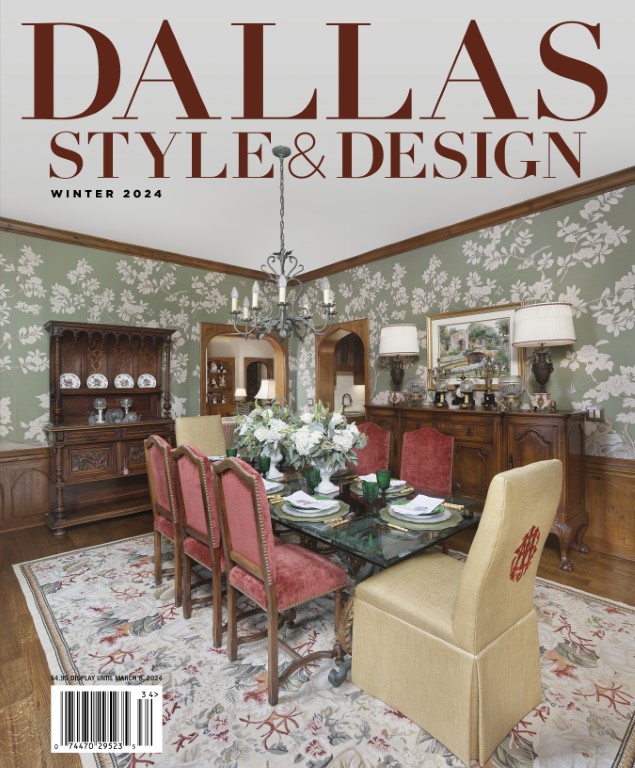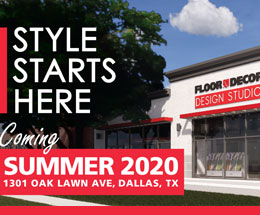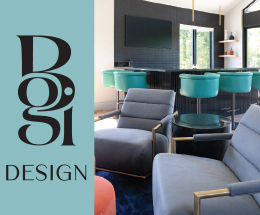An important art museum with exhibits by Marc Chagall, Michelangelo and Andy Warhol is open and thriving in the heart of Dallas. Surprisingly, it is located across from NorthPark Center, not in the Arts District, on a college campus or in a private home.
The Museum of Biblical Art is the longtime Dallas home to a treasure trove of works of art dedicated to Christian and Hebrew themes, including Renaissance sculpture, archaeological artifacts, Holocaust-themed art, contemporary Israeli art, ancient manuscripts and old master paintings.

This boutique museum combines ancient, historical and contemporary art for a multidimensional experience. You can walk where Jesus walked with the 14 life-size bronze sculptures by New Mexico artist Gib Singleton in the Via Dolorosa Sculpture Garden; discover the history of Jerusalem through ancient maps; immerse yourself in the life and artwork of the famous Renaissance artist in the Michelangelo Experience; and ponder the history of two millennia with the Tapestry of the Centuries mural by Vladimir Gorsky, a gigantic canvas showing 350 people, places and events from Jesus’ birth to today.
The museum, which comprises more than 40,000 square feet of indoor space, as well as three outdoor sculpture gardens, was founded in 1966. “A tragic fire ravaged the museum in 2005, and we rebuilt bigger and better, and continue to grow to where we now have three museums on campus,” says executive director Scott Peck.

In addition to the Museum of Biblical Art, the campus houses the National Center for Jewish Art and the Museum of Holocaust Art. Admission includes access to all three museums. It is situated on 4.5 acres between Northwest Highway and Park Lane, Boedeker Street and Hillcrest Road. The museum closed when sheltering in place began in Dallas, and reopened on May 1, the first museum in Dallas to reopen. In order to ensure the safety of the experience, crowd size is monitored, masks are required and social distancing is practiced.
The presence of a museum devoted to biblical themes has been a balm in difficult times. “Our museum provides inspiration and something to give people comfort,” Peck says. “Right after 9/11, museums in New York City and Washington, D.C., were open because the public wanted to go to places that offered them hope and inspiration. People are coming here, too, for some kind of consolation, a place to get their mind off of the pain and to find healing.”
With 14 display areas in the museum, there are long-term installations to see and temporary exhibitions that change often, so that no two visits are ever the same.
Permanent collection highlights include a collection of original Thomas Kincade oil paintings, a series of hand-watercolored etchings by Marc Chagall (“People come to see us just for our Chagall,” notes Peck), and The Resurrection Mural by Ron DiCianni, which is a 40-by-12-foot oil on canvas depicting Jesus bursting out of the tomb.

Current temporary exhibits include The Secret Books, solid gold and silver Jewish ceremonial art by the famous Swed Masters Workshop of Jerusalem, and From Earth to Light, a contemporary glass exhibit by 21-year-old Dallas artist Simon Waranch.
Andy Warhol: Jewish Heroes and Icons and American Anthem by Bernie Taupin, the lyricist and writing partner of Elton John, are must-see exhibitions. Both are by artists whose connections to biblical art aren’t immediately apparent, though additional layers are revealed in their works.
Peck notes that a longtime dream of Taupin’s was to become a citizen of the United States, which he accomplished in 1990. Peck describes Taupin’s visual art as very patriotic. “His sculpture is all about his identity as an American immigrant and his participation in our Judeo-Christian culture,” he says.
Peck notes that Warhol was very religious and strived to attend church each day. “He had Jewish patrons and created these original works of art featuring Jewish icons and heroes, including Albert Einstein, George Gershwin, Franz Kafka, Golda Meir and Marilyn Monroe,” says Peck.

An intersection of fine arts, faith and culture, the Museum of Biblical Art is an essential part of your arts repertoire, whether you are new to Dallas or have lived here for decades.
“Everyone will find something that appeals to them in one of our three museums, our temporary exhibitions or our sculpture gardens,” Peck says. “It’s a pretty incredible place.” *
Freelance writer and editor Connie Dufner is a proud Texan transplant living in Washington, D.C. She is a former editor for Modern Luxury Dallas and The Dallas Morning News who has been covering interiors journalism since 2001.

